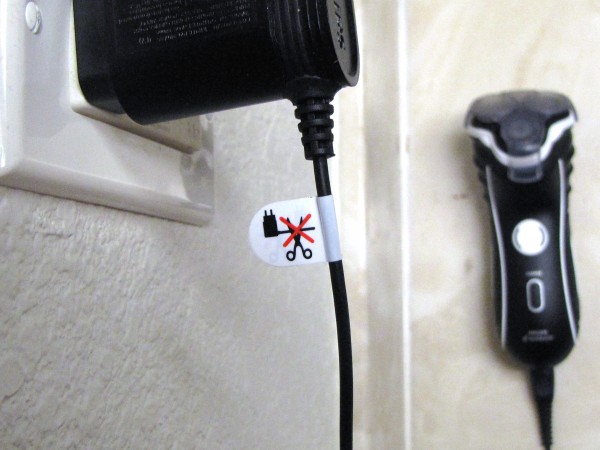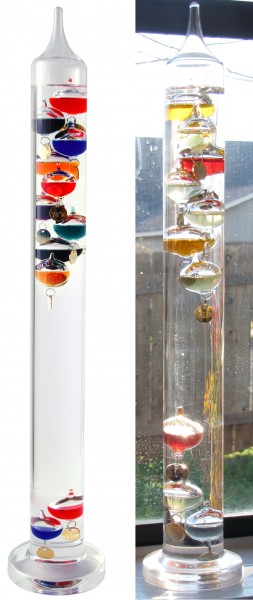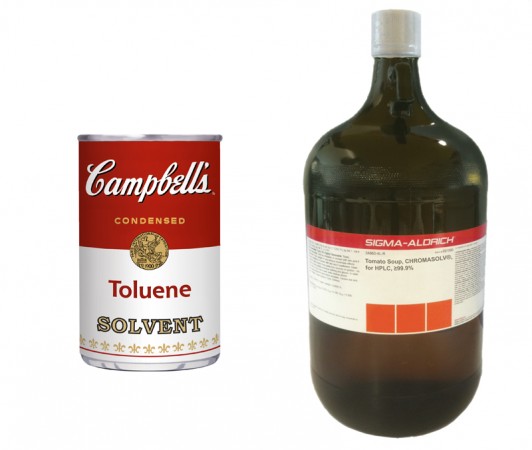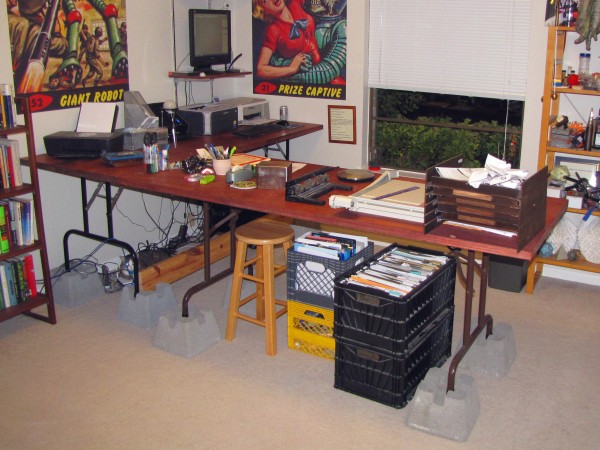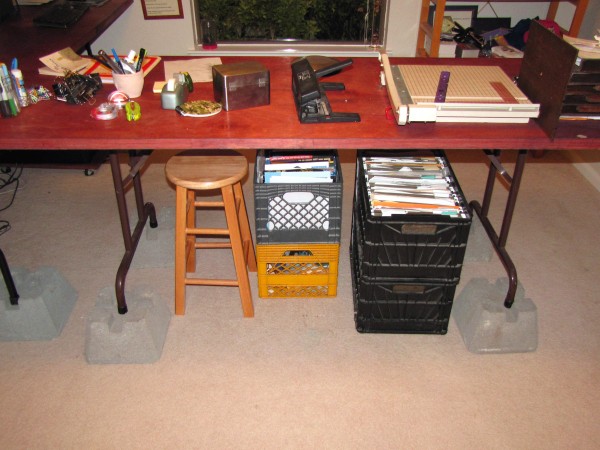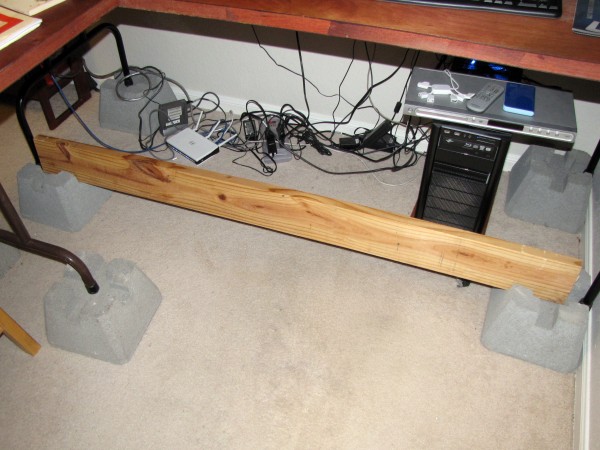…on the charger for my new Norelco 7310XL. As near as I am able to interpret, it means, “do not cut this cord off.” The charger’s rated output is only 350 mA at 15V DC, which is scarcely hazardous; even if you were to cut the cord with uninsulated metal scissors, while it was plugged into mains power, the worst-case scenario is probably a noticeable tingle. Perhaps a cut, shorted cable could heat up and, eventually, somehow, cause a fire? If it were 1AM on Friday the 13th and you had just broken a mirror while chasing a black cat under a ladder in the process of killing an albatross?
Is it even a hazard warning at all?
I am now, in fact, almost so curious about the label’s purpose as to attempt exactly what it seems to forbid, just to see what happens. My charger will stop working—that much I’m quite sure of. But surely no one capable of operating an electric razor, in the first place, would be surprised at that outcome. What about all the other possible ways I could destroy the charger? If it needs a “do not cut off cord” label, doesn’t it also a need a “do not blast with a shotgun” label? Doesn’t everything else I own? “Hello, Norelco customer service? I vaporized my charger with a thermal lance and it stopped working. What gives? Shouldn’t there be a label or something?”

